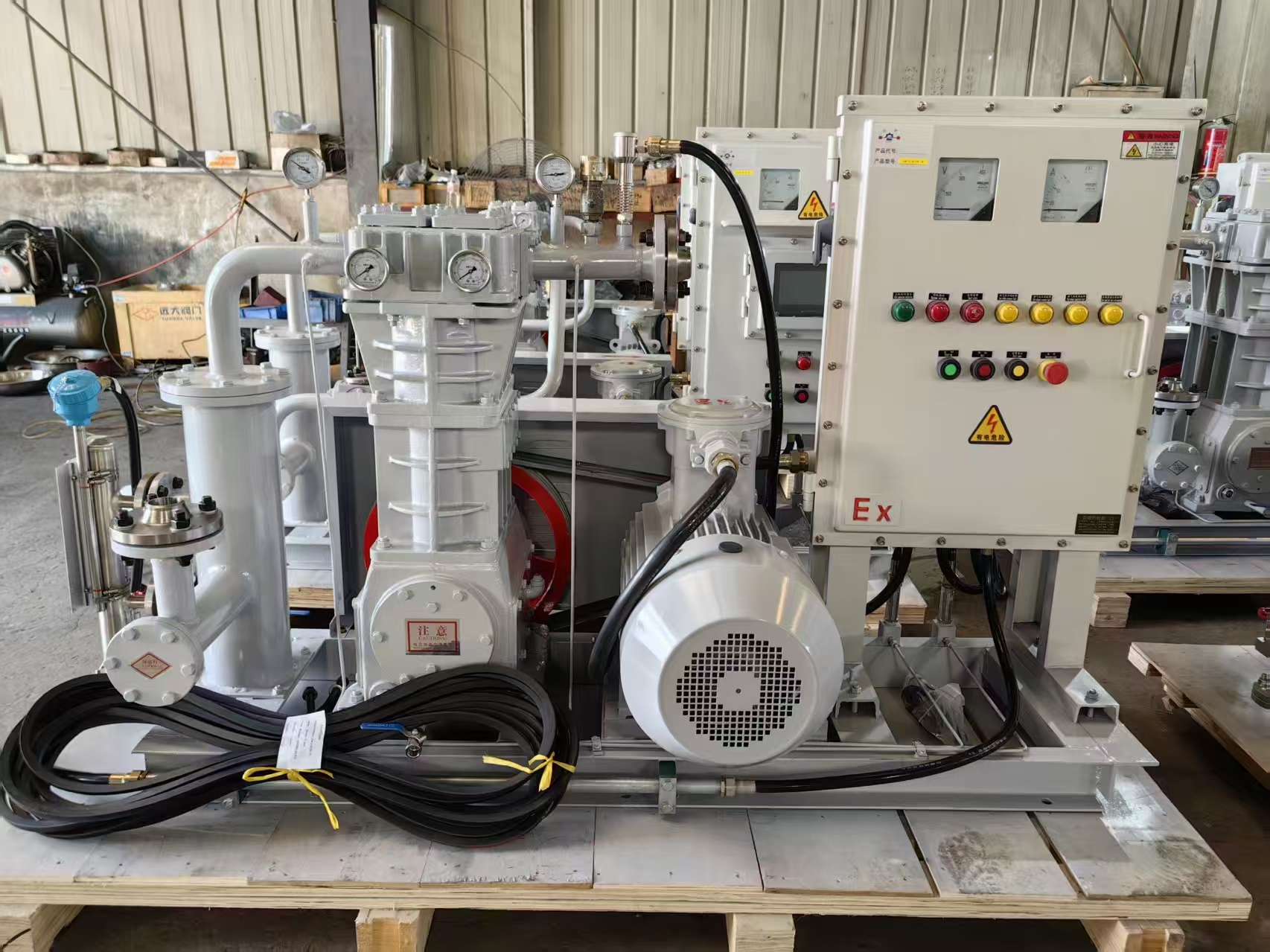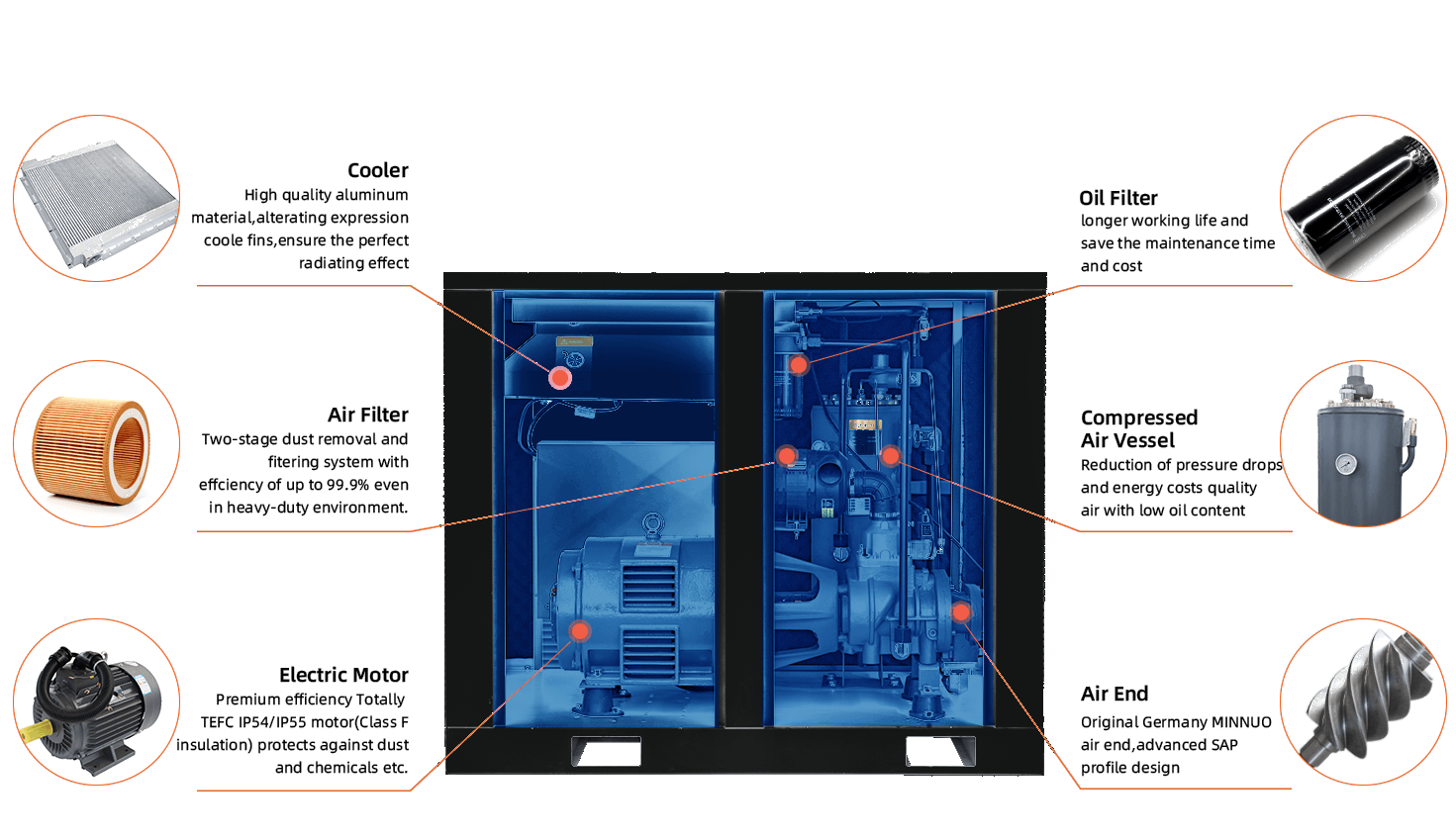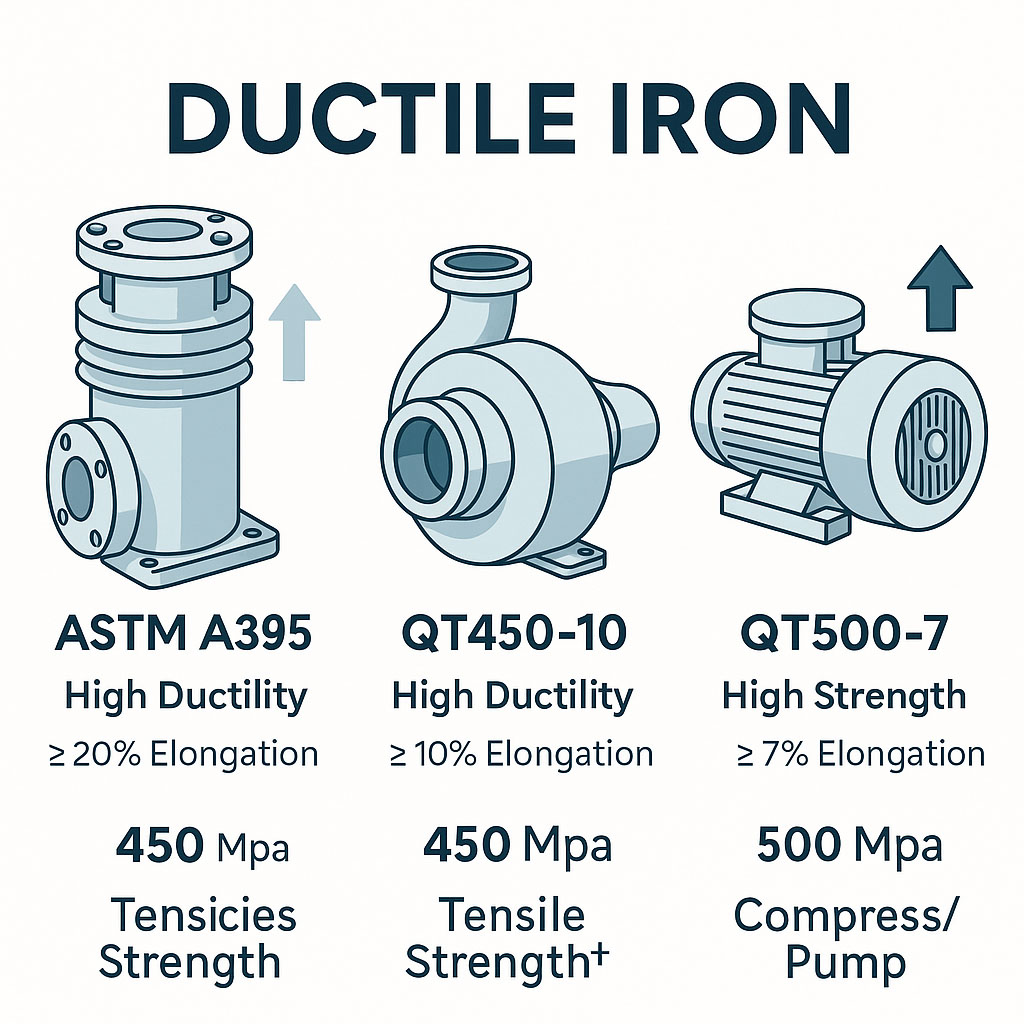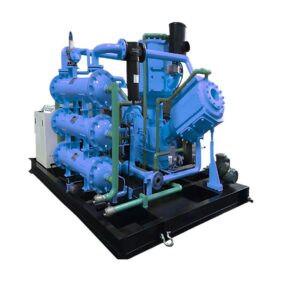공기 압축기를 조사할 때 두 가지를 모두 접했을 것입니다. SCFM 그리고 CFM. 비슷하게 들릴 수 있지만 SCFM과 CFM의 차이점 는 특히 산업 환경에서 컴프레서의 성능에 큰 영향을 미칠 수 있습니다. 이 가이드에서는 두 용어를 세분화하여 각 용어가 어떤 영향을 미치는지 설명합니다. 컴프레서 효율성, 공기 압축기 용량및 실제 장비 성능.
💡 CFM이란 무엇인가요?
CFM또는 분당 입방 피트는 공기 압축기가 현재 조건에서 제공하는 실제 공기의 양을 측정합니다. 의 변화에 따라 달라집니다:
-
온도
-
압력
-
습도
예를 들어, 컴프레서는 25°C 주변 조건에서 6bar에서 100 CFM을 생성할 수 있습니다. 하지만 이 수치는 특정 환경에서만 해당되는 수치입니다.
📐 SCFM이란 무엇이며 표준화된 이유는 무엇인가요?
SCFM 는 다음을 의미합니다. 분당 표준 입방 피트. CFM과 달리 고정된 표준 조건에서 공기 흐름을 측정합니다:
-
압력: 14.7psi
-
온도: 68°F(20°C)
-
습도: 36% 상대 습도
정규화되어 있기 때문에 SCFM을 사용하면 서로 다른 다양한 공기 압축기 유형위치나 애플리케이션에 관계없이 사용할 수 있습니다.
✅ 예를 들어, KEEPWIN SCFM 공기 압축기 8bar에서 15 SCFM으로 터키, 인도, 미국 어디에서나 동일한 공기 흐름 출력을 보장합니다.
⚙️ SCFM과 CFM의 차이가 중요한 이유는 무엇인가요?
시스템 크기를 조정할 때, 공기 압축기 용량 는 도구 또는 공정 라인의 공기 수요와 일치해야 합니다. CFM에만 의존하면 컴프레서의 공급 능력을 과대평가하거나 과소평가할 수 있습니다.
➤ 주요 시사점:
-
소형 컴프레서는 압력 강하와 가동 중단으로 이어집니다.
-
대형 유닛은 에너지를 낭비하고 운영 비용을 증가시킵니다.
-
SCFM은 정확한 장비 매칭을 보장하고 개선된 컴프레서 효율성
🔍 Keepwin의 실제 사례
최근 프로젝트에서 중동의 한 제약 회사 고객은 정밀 기기용 오일 프리 질소 부스터가 필요했습니다. 이 고객사의 팀은 처음에 공기 흐름을 CFM 단위로 계산하여 더 작은 모델을 선택했습니다.
Keepwin의 자문을 받아 다음을 사용하여 다시 계산했습니다. SCFM를 사용하여 12%의 흐름 간격을 확인했습니다. 수정된 선택은 GV-15/220 다이어프램 컴프레서220bar에서 6Nm³/h(~3.5 SCFM)를 제공합니다. 이 조정으로 안정적인 압력을 보장하고 제품 배치 불량을 방지할 수 있었습니다.
✅ 요약 비교: SCFM 대 CFM
| 측면 | CFM | SCFM |
|---|---|---|
| 환경에 따라 다름 | 예(압력, 온도, 습도) | 아니요(표준화된 조건) |
| 크기 조정 도구에 사용 | 컨텍스트 없이는 신뢰할 수 없음 | 예 - 정밀한 계산에 이상적 |
| 마케팅에서 공통 | 카탈로그 사양에 종종 나열됩니다. | 엔지니어링 설계에서 선호 |
| 킵윈 용도 | 둘 다(모든 모델에 명확하게 표시됨) | 둘 다(정확성 및 글로벌 사용) |
🧠 최종 생각
이해 SCFM과 CFM의 차이점 를 선택하거나 비교할 때 필수적입니다. 공기 압축기 유형. CFM은 컴프레서의 작동 상태를 알려줍니다. 지금 바로SCFM이 무엇을 할 수 있는지 알려줍니다. 표준 조건에서. 둘 다 유용하지만 제대로 적용했을 때만 유용합니다.
따라서 어떤 제품을 구매하든 SCFM 공기 압축기 또는 평가 컴프레서 효율성계획에는 SCFM을, 실시간 모니터링에는 CFM을 사용해야 합니다.
올바른 공기 압축기를 선택하는 데 도움이 필요하세요?
👉 연락처 킵윈 테크놀로지 허베이 주식회사 에서 keepwin@keep-win.com
🌐 방문 www.keep-win.com 를 클릭해 자세히 알아보세요.











